What Is Dandruff??
Dry. Itchy. Flaky. Embarrassing.
For the 50 million people in the US who suffer from dandruff, these words are all too familiar. In fact, dermatologists say that dandruff is the single most commercially exploited skin condition out there. The list of shampoos dedicated to treating the condition is vast, and growing every day.
So what exactly is dandruff?
To answer that, we need to understand some basics of the skin.
The Integument
Skin isn't just one individual layer, but three separate layers, called the integument.
The deepest layer is called the hypodermis, or subcutaneous layer, and consists mainly of lipid storing cells called adipocytes, and other various structural proteins. This is where the vast majority of your energy storage (fat) is located.
The middle layer is called the dermis, and this is where we find sweat glands, blood supply, nerve endings, and even finger prints. If a cut starts to bleed, it's at least as deep as the dermis.
The superficial layer is called the epidermis, and is typically what most consider to be the skin. This is the layer that acts to protect our underlying tissue from microbial invasions, friction and abrasion, and temperature variations. It also happens to be what we are going to spend most of our time discussing today.
The Epidermis — Layers Upon Layers
If we break the word epidermis down, epi- means on top, above, or upon, while dermis is in reference to the layer immediately below it.
The epidermis is one of only a few tissues in the body that is capable of regenerating, which it does roughly over the course of 3 weeks, in a normal, healthy individual.
At the deepest aspect of this tissue, we find a layer called the stratum basale, or base layer. The stratum basale is comprised of cells called keratinocytes, which produce the structural protein keratin, and melanocytes, which are the pigment producing cells of the body.
It is extremely important to note that the stratum basale is the only layer of the epidermis that has any direct contact with blood supply. Nutrients diffuse through what's called the basement membrane, into the keratinocytes of the stratum basale. The basement membrane can be thought of as the foundation of the epidermis, considering the stratum basale rests upon it.
When the keratinocytes in the stratum basale divide, the new cells move upward, or in the superficial direction. As they do this, they become a new layer called the stratum spinosum, or prickly layer.
Upon looking at the stratum spinosum, you'll notice the cells have the appearance of mechanical gears, or sharp thorns. This is because the cells are officially removed from blood supply at this point, and are beginning to dehydrate and die. This is where the keratin protein we mentioned earlier comes into play.
The keratin that resides inside of the now dehydrating keratinocytes forms a protein complex that literally links one cell to the adjacent cell. This protein complex is what's called a desmosome, and it's represented in the white lines in the picture below.
These desmosomes allow for a very strong linkage to occur in the cells of the epidermis. This linkage will eventually be broken, but for now it's absolutely necessary for healthy skin.
As the cells continue to push upward, they become part of a new layer called the stratum granulosum, or granular layer. It is here that they become squeezed, begin to flatten, and officially die. As they are squeezed, the cell literally pops, and the cytosol, or the gel-like fluid inside of the cell, leaks out and fills the gaps between each desmosome, acting like a glue and further linking the adjacent cells to one another. This cytosol is also rich in what's called lamellar granules, which are essentially just lipids and various proteins. The lipids, which are hydrophobic (repels water), provide the skin with necessary waterproofing.
The next layer, called the stratum lucidum, is a variable layer. It only exists in the palm of the hand, and soles of the feet. Lucidum comes from the word lucid, meaning clear. It's named this way because since the cells have popped and literally spilled their guts, meaning they have no organelles (nucleus, mitochondria, peroxisomes, etc) that can be seen under the microscope. They appear clear.
The function of the stratum lucidum is to provide areas of high friction with further depth and support. For instance, the soles of your feet are thick because you stand on them, compressing the cells, potentially damaging the deeper layers. The same can be said for your palms, which experience high amounts of friction and compression as you grab, push, and pull on things.
The last layer is what's called the stratum corneum, or horny layer. At this point the cells are not only dead, but highly compacted and flat. This layer ranges in thickness depending on the area of the body, but it can be anywhere between 10 -100 layers thick.
This is the layer that flakes off at a rate of thousands of cells per hour — even in healthy individuals. In fact, dead corneocytes are the main component of household dust.
So now that we have the groundwork laid, how does dandruff factor into all of this?
Let's find out.
Too Much of a Good Thing
Too put it simply, dandruff is when dead skin cells are flaking off of the scalp at a higher rate than normal. Obviously some flaking is good, but as with most things, there can be too much.
What causes this excess flaking is still not fully understood. Part of the issue is that we don't have a solid definition of what constitutes dandruff. For example, dandruff is almost indistinguishable from a skin condition known as seborrheic dermatitis, which affects not only the scalp, but also the folds of skin around the nose, eyes, and ears.
If someone has excessive flaking around those areas other than the scalp, it's relatively easy to diagnose them with seborrheic dermatitis. However, if they only exhibit scalp flaking, it's still possible they have seborrheic dermatitis and are just not showing the other symptoms — yet.
Putting seborrheic dermatitis to the side, your average dandruff is hypothesized to have multiple causes. First off, individuals with dandruff demonstrate an accelerated cellular division rate in the scalp. Recall from earlier that in a normal healthy individual, it should take a keratinocyte roughly around 3 weeks to move from the stratum basale to the stratum corneum. Someone who has dandruff will do this same process in a week or less.
Because of this accelerated process, certain cellular functions are unable to occur, or at least not enough time passes to make them useful.
For instance, the lamellar granules that were secreted in the stratum granulosum are unable to fully "dry" out, meaning that the flakes will be oily and yellowish in appearance.
Next, the stratum corneum should only be flaking off 487,000 sq/cm skin cells, yet in individuals with dandruff it's an extremely high amount of 800,000 sq/cm. That's nearly double the normal amount.
The stratum corneum is only supposed to flake off cells at the most superficial aspect, but when so many cells are flaking off, cells that are premature flake off instead. The end result is a large flake of many cells, as opposed to the normal individual cell flakes in a healthy individual.
Another theory as to the cause of dandruff is a fungus from the genus Malassezia. When the fungus is present in abnormally high quantities, on the order of 1.5 - 2 times the normal amount, the result is almost always flakes.
The last theory about the cause of dandruff is simply excessive sebum, or the fatty substance produced by sebaceous sweat glands. These glands act to lubricate and waterproof the hair and scalp, but if an excess of sebum is produced, the fungus Malassezia can potentially metabolize it, creating waste products that accelerate the epidermal division process.
The most likely scenario is that it's not simply one individual factor at play here, but instead two or more of these factors are the likely cause.
So What Can Be Done?
It's a great question that I wish I had the answer to. Unfortunately dandruff is extremely difficult to treat, since we aren't exactly sure of the causes in the first place.
A few examples of possible treatments include:
- A diet with considerably less sugar
- A diet with considerably less fat
- Medicated shampoos that can be either steroidal (anti-inflammatory) or anti-fungal in nature
- Coal Tar
- Tea tree oil
- Oatmeal
It should be noted that one or more of these treatments may work. It's also possible that none of them will. Interestingly enough, most individuals with dandruff will reach peak flaking in their twenties, and then it will die down over time.
If you are someone who suffers from dandruff, it's always a good idea to seek professional medical advice in regards to treatment, whether that's from a dermatologist or a fully licensed esthetician.
Thanks for taking the time to read!
See ya next time!
If you enjoyed this post, here are a few others that may interest you:
What Is a Heart Attack?
Why Are Human Babies So Incredibly Weak???
Why Is Your Butt So Big???
Evolution, Society, and Cryptocurrency... How Does It All Relate???
What Is Asthma?
What's the Difference Between a Strain and a Sprain?
How Do Skeletal Muscles Contract??
Let's Learn Anatomy #1
Let's Learn Anatomy #2
Let's Learn Anatomy #3
Let's Learn Anatomy #4
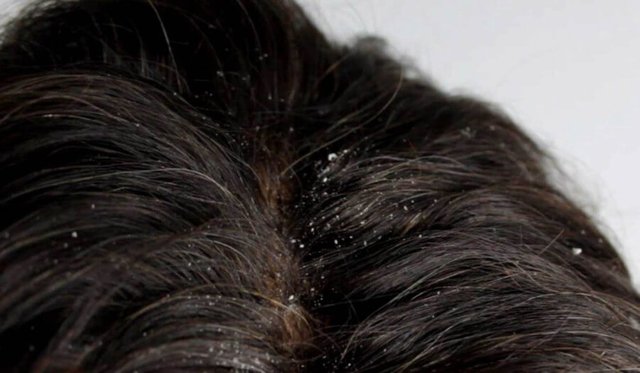
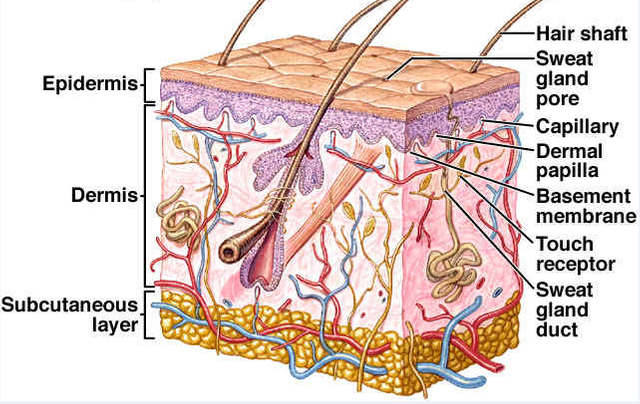
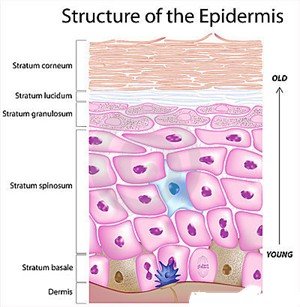
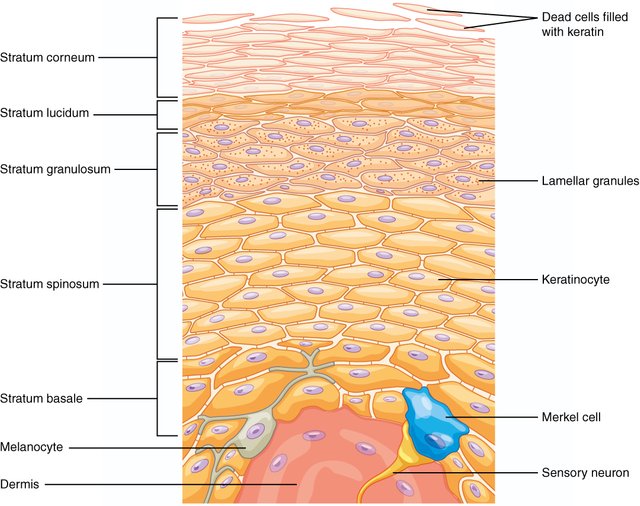
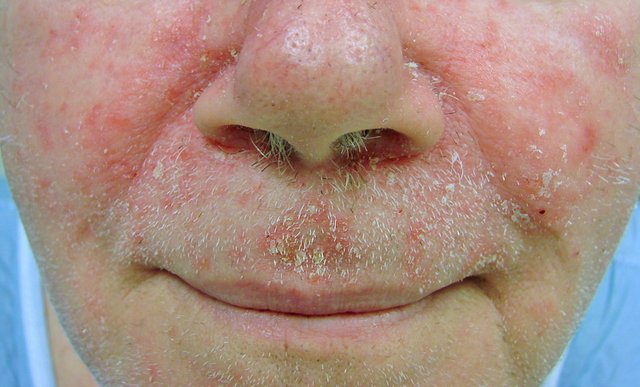
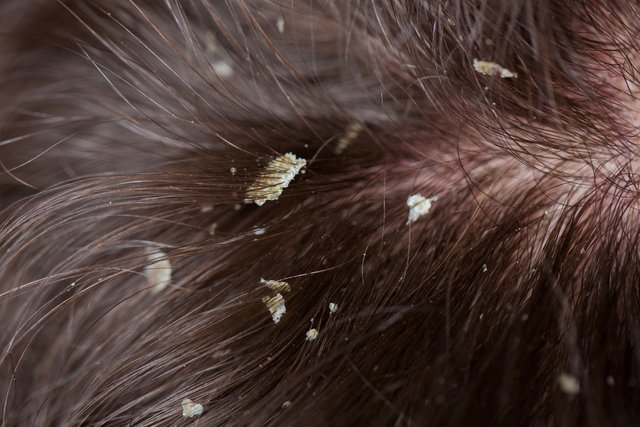
Oh! @justincottle your blog just gets better and better!!
SO upvoted! :))I am a big fan of your work.
Thank-you! I always appreciate your kind words!
:)
upvoted and followed you if you like fitnessallinone please follow me...
Great info @justincottle but i had a question, is there any genetics factor for dandruff appearance?
Great question! Genetic factors have been found mice, but not humans as of yet.
The genes that code for the sebaceous sweat glands have been found to have mutations that result in everything from seborrheic dermatitis, to alopecia.
Personally, I wouldn't be surprised if genetics plays a huge role in these diseases for humans as well.
Thank you, so we're not quite sure yet how dandruff can appear and I totally agree that genetics had a huge role for humans. I'm 21 years old and i had white hair when my friends didn't have it at all :(
Soon I plan on doing a post on hair growth, color, and even pathologies. Hopefully it might help explain your white hair.
Personally though, I think graying/white hair at an early age is awesome. Totally a personal opinion though.
Very good article! I like it :)
Thank-you!
This post has received a 1.56 % upvote from @drotto thanks to: @gunsmithing.